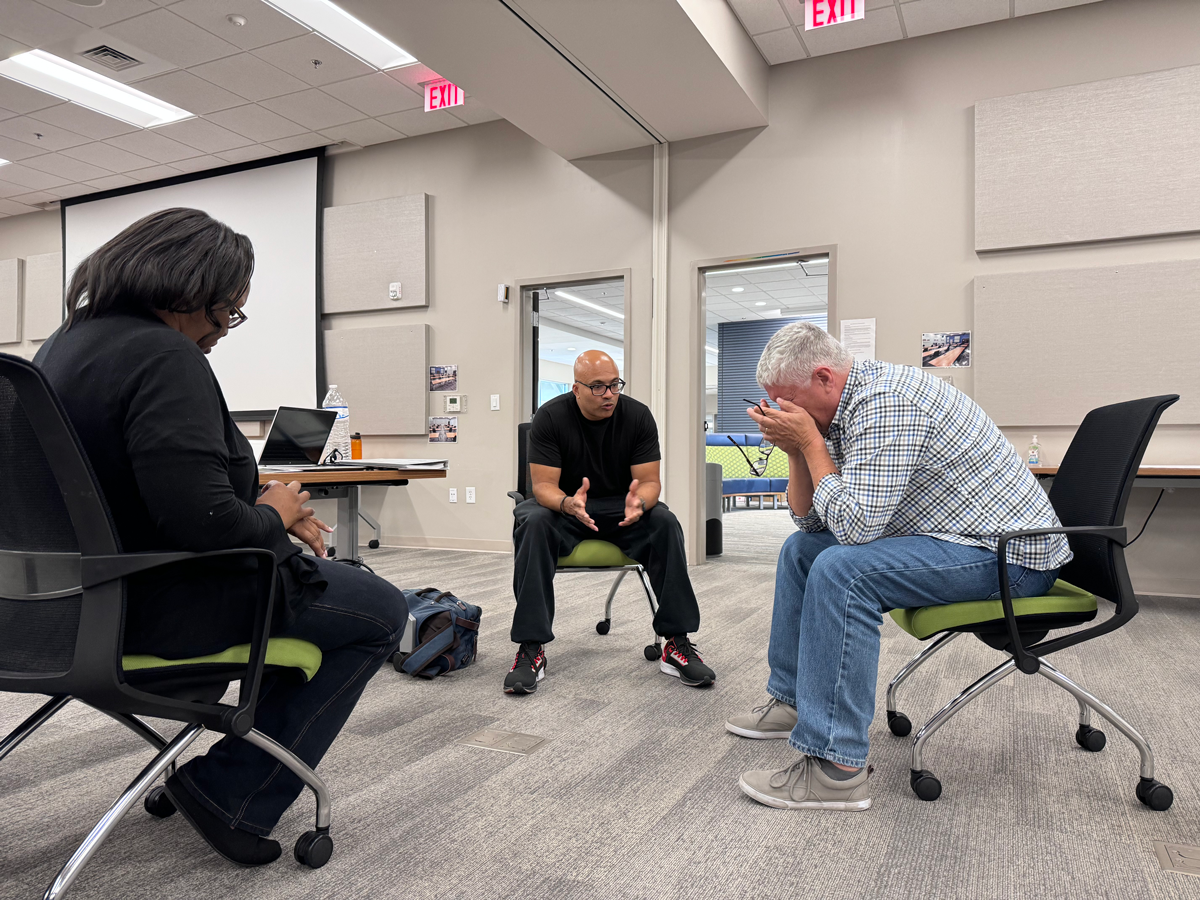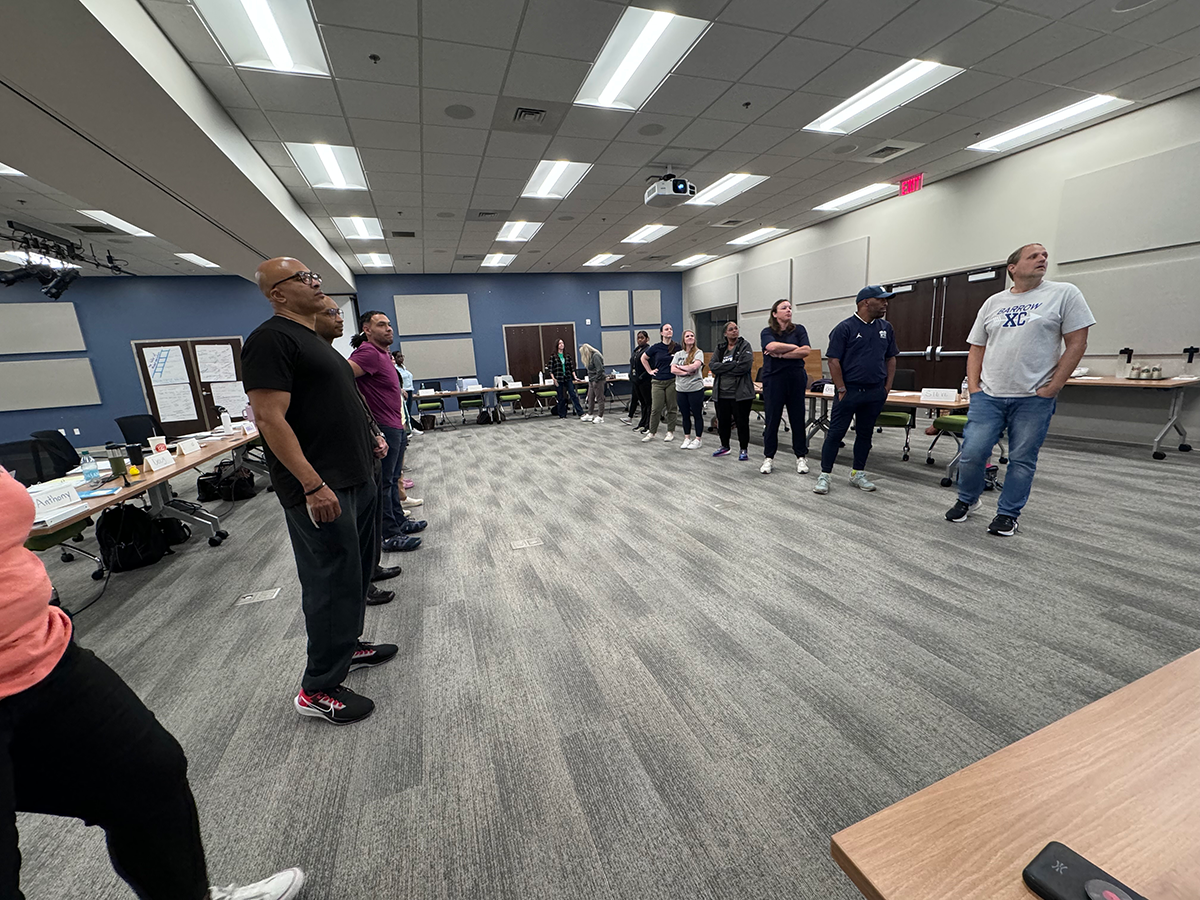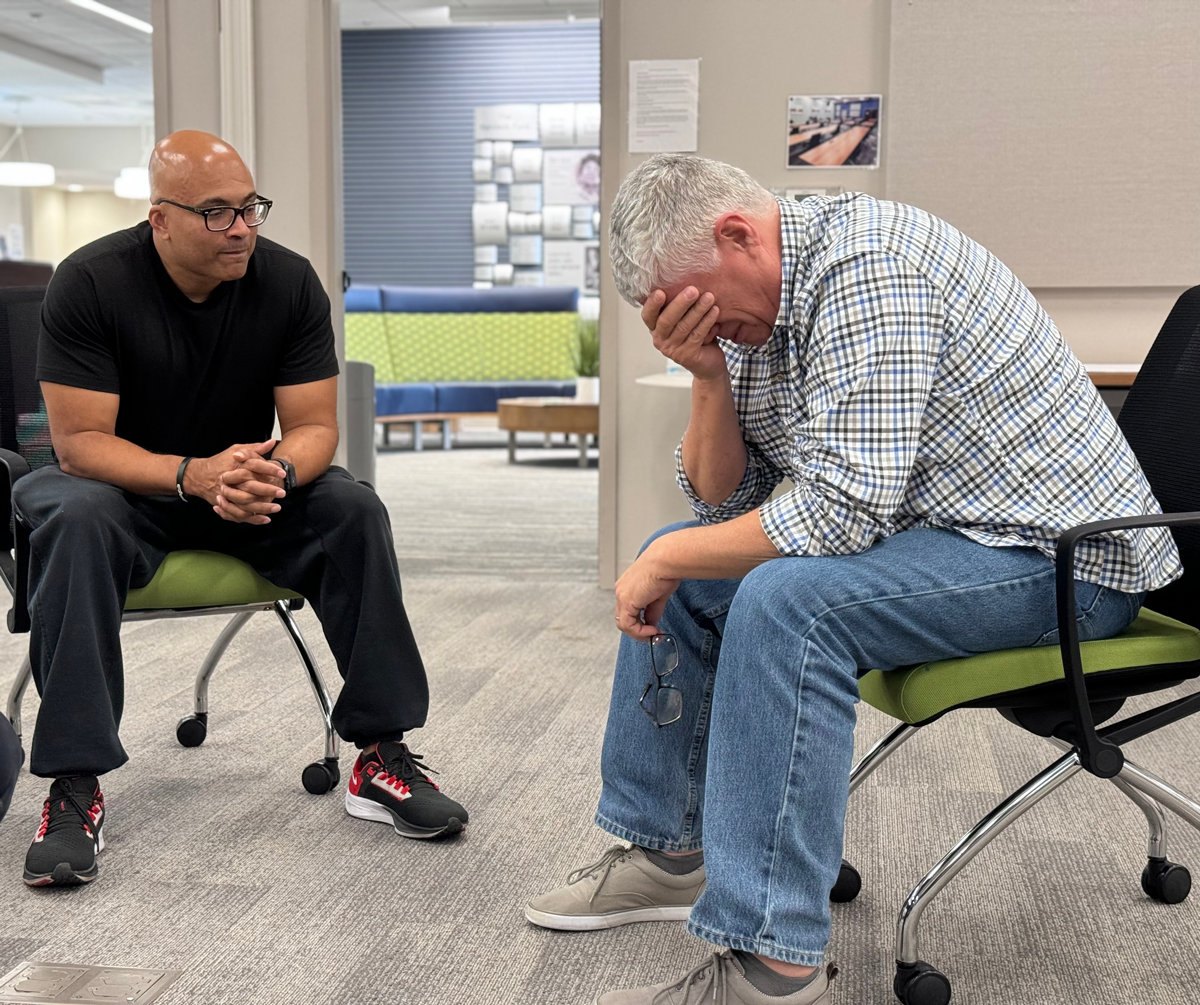Creating Trauma-Responsive Classrooms: The Mindset Approach

In our current educational landscape, trauma-informed practices are no longer a luxury but a necessity.
With studies showing that upwards of 30% of students in any given classroom have experienced four or more adverse childhood experiences (ACEs), schools are increasingly becoming spaces where unresolved trauma manifests as challenging behavior.
The Mindset Trauma Responsive Model Classroom (MTRMC) is designed to address this reality, equipping educators with the tools and frameworks they need to manage behaviors rooted in trauma effectively and compassionately.
Understanding Trauma in the Classroom
Trauma can profoundly impact a child’s brain development, emotional regulation, and ability to learn. The adverse effects of trauma often appear as behavioral challenges, such as aggression, withdrawal, hyperactivity, or defiance. For students, these behaviors are not simply choices but coping mechanisms developed to survive overwhelming emotional experiences.

The Mindset Trauma Responsive Model Classroom (MTRMC)
Key Components of a Trauma-Responsive Classroom
Building Relationships and Trust
Relationships are the foundation of any trauma-responsive environment. Students who have experienced trauma often struggle with trust, as they may have learned that adults are unreliable or even harmful. In the MTRMC, educators prioritize building strong, positive relationships with students, understanding that trust must be earned through consistent, caring interactions.
- Greeting students at the door with warmth and positivity.
- Creating moments for one-on-one interactions to connect personally with students.
- Celebrating small victories to build students' confidence and trust in the learning environment.
Creating Predictable and Safe Spaces
- Establishing and clearly communicating daily routines.
- Minimizing surprises by preparing students for transitions and changes.
- Offering a physical environment that feels welcoming, safe, and predictable.

Understanding and Managing Triggers
Tools to manage triggers:
- Allowing for “cool-down” spaces where students can regain emotional control without punishment.
- Using calm, non-threatening body language and tones when addressing students.
- Providing students with choices in their learning environment, such as where to sit or which activity to start with, to reduce feelings of helplessness.
Teaching Emotional Regulation
Trauma often disrupts a child’s ability to regulate emotions, leading to outbursts or shutdowns in stressful situations. The MTRMC includes emotional regulation as a core component of its approach, teaching students strategies to manage their emotions and respond to stress in healthier ways.
Techniques include:
- Incorporating mindfulness practices such as deep breathing or short meditation sessions to help students calm their nervous systems.
- Explicitly teaching emotional literacy by helping students identify and name their feelings.
- Using social-emotional learning (SEL) curriculums to build emotional awareness and coping strategies.
Fostering Resilience Through Connection
Ways to foster resilience include:
- Regularly checking in with students to see how they are feeling and how they are doing both academically and personally.
- Helping students set and achieve small, attainable goals, which can boost their sense of competence and control.
- Acknowledging effort rather than outcomes, reinforcing the importance of perseverance.
The Role of Professional Development in Trauma-Responsive Education
Trauma-responsive teaching requires a shift in mindset from traditional behavior management techniques, and this shift doesn’t happen overnight. To effectively implement the MTRMC, ongoing professional development is crucial. Educators need not only an understanding of trauma’s impact on brain development and behavior but also practical strategies for creating safe and supportive classrooms.
